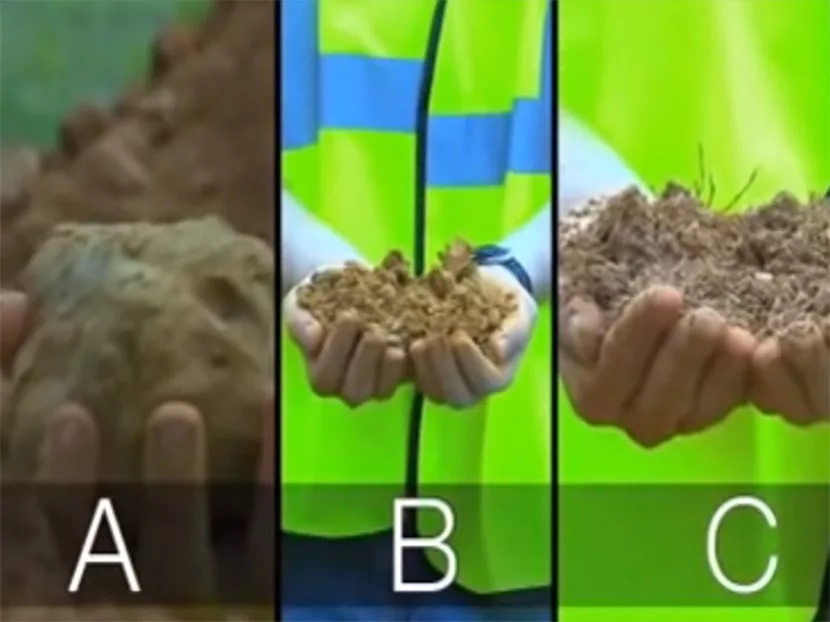OSHA recently released a video highlighting the importance of soil classification when planning trenching and excavation work.
The free, 11-minute video in English and Spanish examines how visual inspection of soil is performed by a competent person before work begins, as required by OSHA. Testing the soil helps employers determine its stability, which dictates the proper protective system to use on a jobsite.
The OSHA standard for trenching and excavation requires protective systems for trenches that are 5 feet or deeper, unless the excavation occurs in stable rock.
Soil may be classified as Type A, B or C, listed in descending order of stability. Trenches can be cut through multiple types of soil, the agency points out.
“Some types of soil are stable and some are not,” the video states. “When digging a trench, it’s important to know the type of soil you’re working with so you know how to properly slope, bench or shore the trench. This can help prevent a cave-in.”
According to the OSHA video, unsafe trenching kills 40 construction workers a year.




